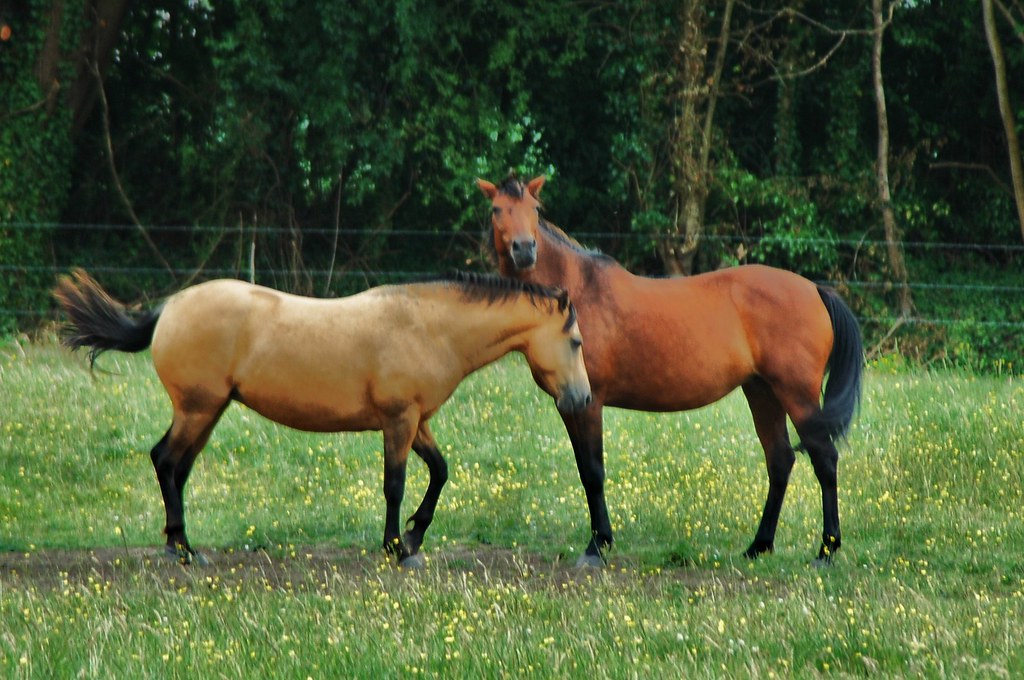Horses are magnificent athletes whose physical performance depends on proper alignment of their musculoskeletal system. Just like human athletes, horses can develop misalignments in their spine and joints that affect their movement, comfort, and overall performance. Equine chiropractic care has gained significant recognition in recent years as an effective complementary therapy for maintaining equine health and addressing various performance issues. However, many horse owners struggle to identify when their equine companion might benefit from chiropractic intervention. This article aims to help horse owners recognize the signs that their horse may need a chiropractic adjustment, understand what’s involved in equine chiropractic care, and know when to seek professional help.
Understanding Equine Chiropractic Care
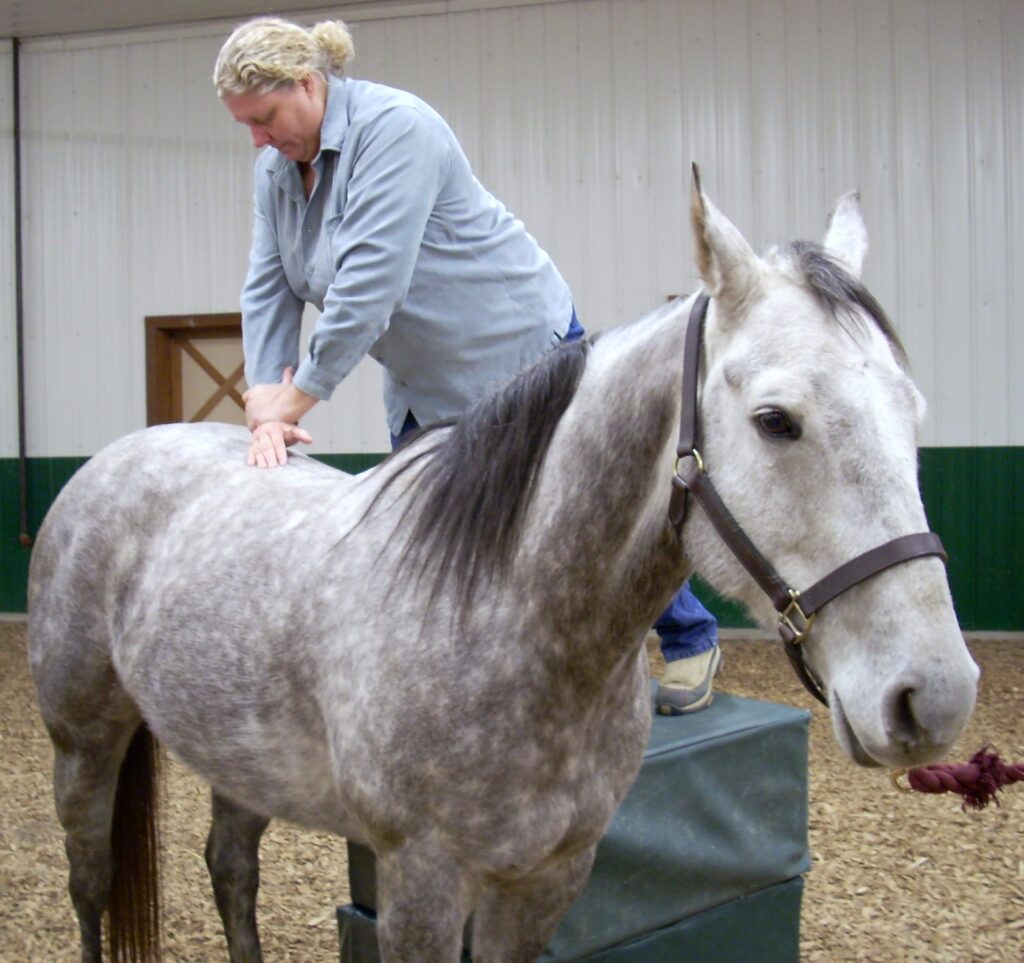
Equine chiropractic is a specialized field that focuses on the relationship between the horse’s spine and its nervous system functioning. Practitioners use manual adjustments to restore normal joint mobility, alleviate pain, and improve overall biomechanical function. These adjustments primarily target what chiropractors call “subluxations” – areas where joints have restricted movement, abnormal function, or are not properly aligned. When performed correctly by a qualified professional, chiropractic adjustments can help restore proper nerve transmission and blood flow, allowing the horse’s body to better heal itself. The practice is particularly valuable because horses are athletes that regularly put significant strain on their bodies, making them prone to misalignments that can affect performance and comfort.
Changes in Performance or Attitude
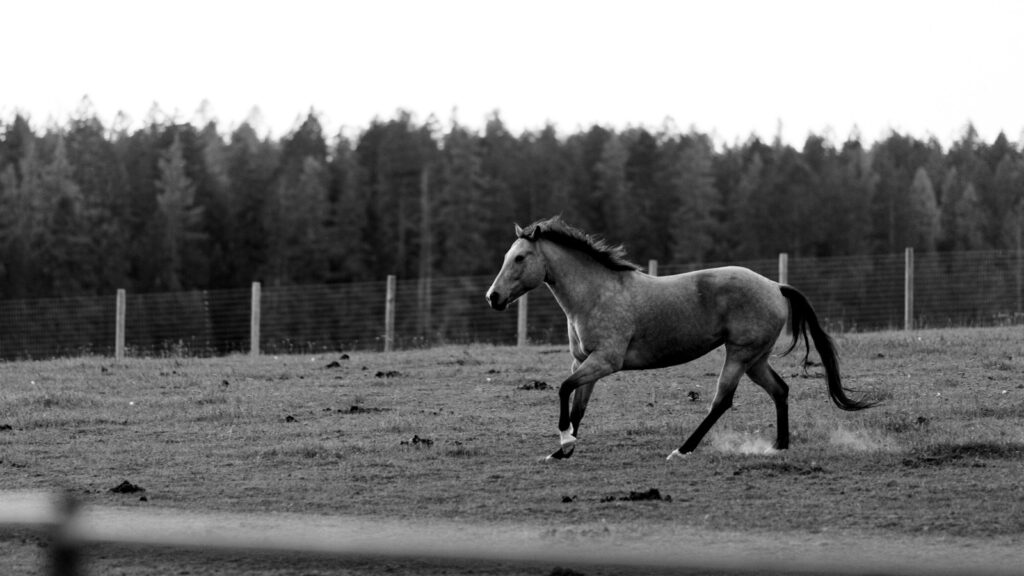
One of the earliest signs that your horse might need chiropractic care is a noticeable decrease in performance that can’t be attributed to other factors. Your normally willing partner might suddenly resist certain movements, struggle to maintain collection, or show a decreased jumping ability without any obvious lameness. Attitude changes often accompany these performance issues – a typically cooperative horse might become irritable, resistant to work, or display unusual behaviors under saddle. These changes frequently manifest as new or increased resistance to particular aids, such as difficulty bending in one direction or reluctance to pick up a specific lead. Remember that horses rarely “act out” without reason, and what might seem like a training or behavioral issue could actually be discomfort from a misalignment requiring chiropractic attention.
Asymmetrical Movement Patterns
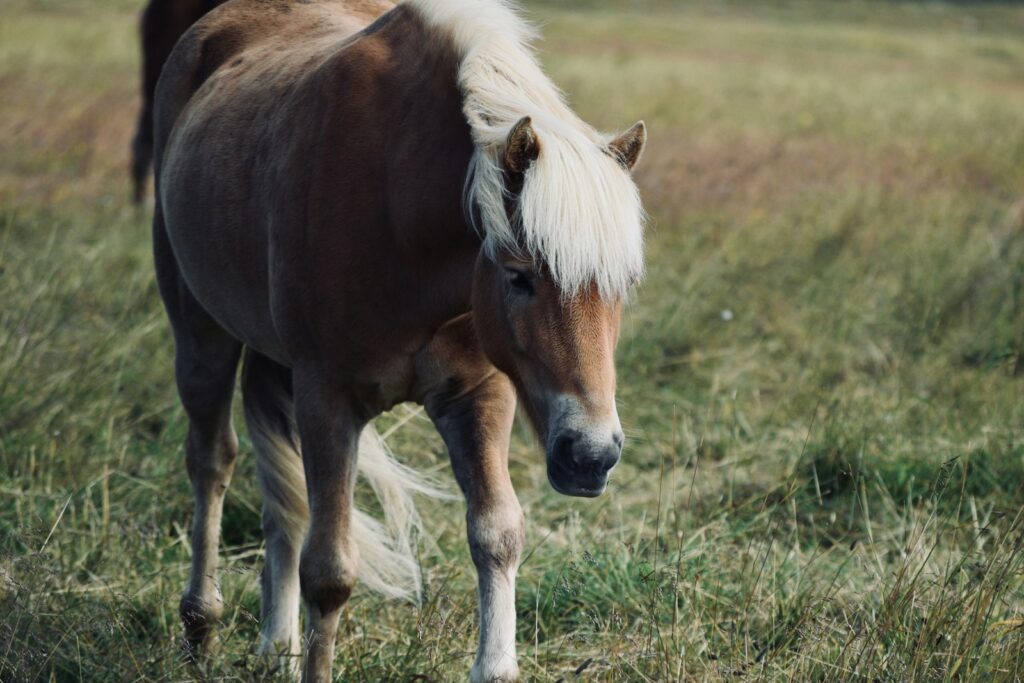
Horses with spinal misalignments often develop uneven movement patterns that can be observed during work or even at liberty. You might notice your horse consistently carrying its head tilted to one side, having difficulty tracking straight, or showing asymmetry in stride length between the left and right sides. When lunging, the horse may look different traveling in one direction compared to the other, perhaps struggling more with balance or showing a different quality of movement. Some horses will consistently fall in or out on circles, or may have a stronger preference for one lead over the other that wasn’t previously present. These asymmetries often develop gradually as the horse compensates for discomfort, making regular observation of your horse’s normal movement patterns essential for early detection of potential problems.
Sensitivity to Touch and Grooming
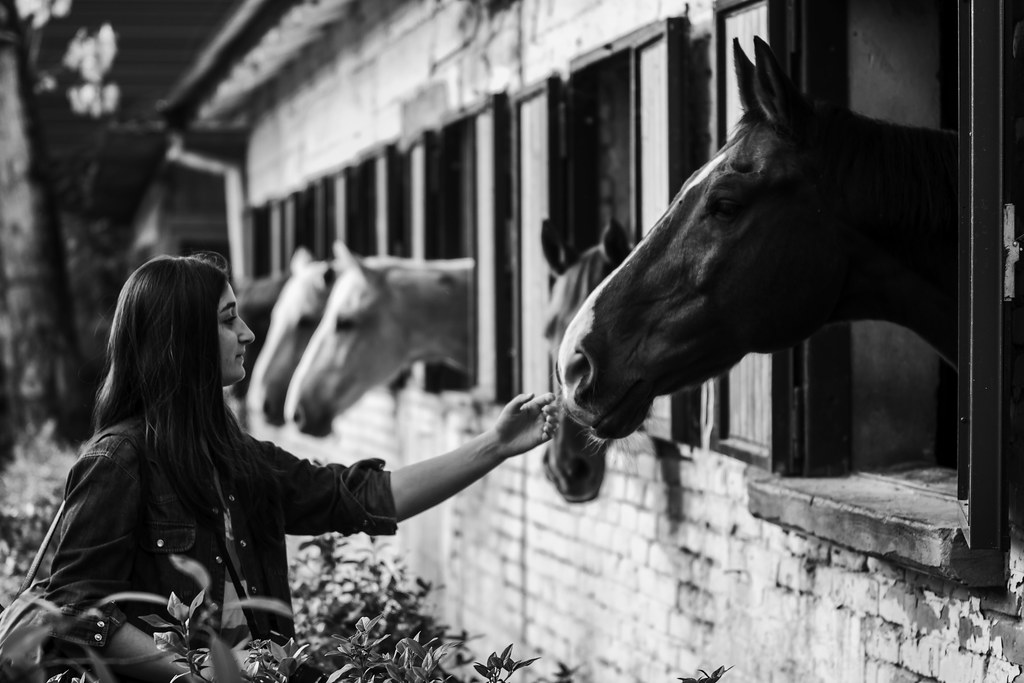
A horse requiring chiropractic attention will often show hypersensitivity when touched in specific areas along the spine, withers, or pelvis. During grooming, you might notice your horse flinching, moving away, pinning its ears, or even threatening to kick when you brush over certain spots. This sensitivity might appear suddenly or develop gradually over time, but represents an important indicator of potential discomfort. Pay particular attention to areas around the withers, along the back, and near the sacroiliac region where the spine meets the pelvis. Some horses will actually lean into pressure on areas that are sore, seemingly trying to massage the painful spot themselves. Regular hands-on assessment during grooming provides an excellent opportunity to check for these areas of sensitivity that might indicate the need for chiropractic evaluation.
Difficulty with Saddling or Girthing
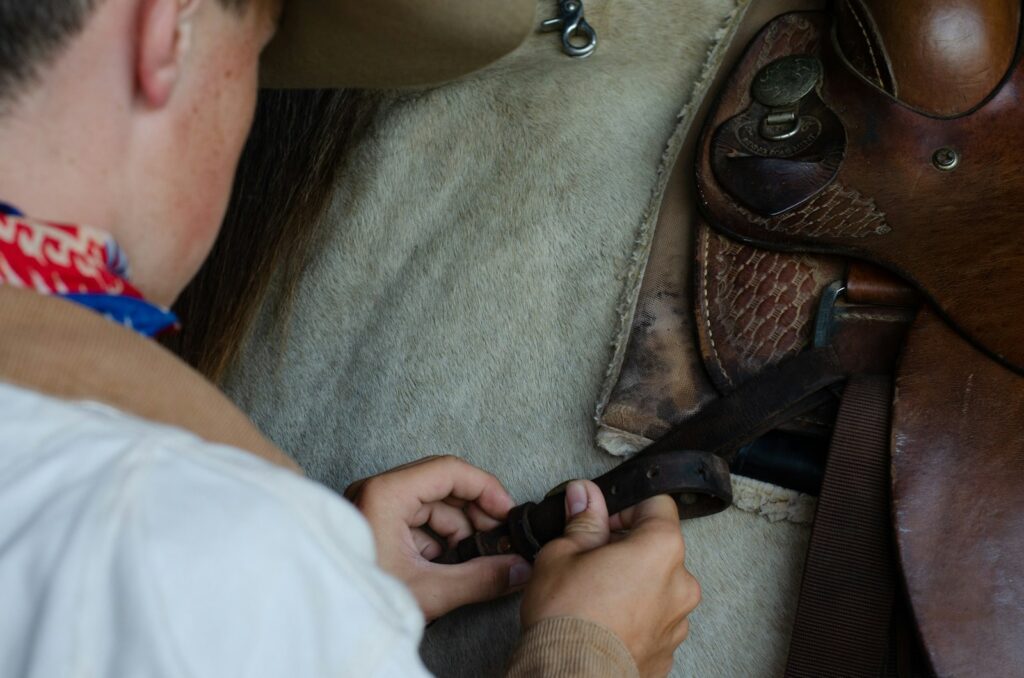
Horses experiencing spinal discomfort frequently display resistance during the saddling process. Your normally cooperative horse might suddenly begin moving away when you approach with a saddle, hollowing its back when the saddle makes contact, or even attempting to bite when you tighten the girth. Some horses will hold their breath or “blow up” when being girthed to avoid pressure on sensitive areas. After riding, you might notice uneven sweat patterns under the saddle pad, suggesting the horse was moving in a way that created uneven pressure distribution. While saddle fit should always be evaluated first when these issues arise, persistent problems despite proper fitting equipment often point to underlying musculoskeletal issues that could benefit from chiropractic care.
Abnormal Posture and Stance
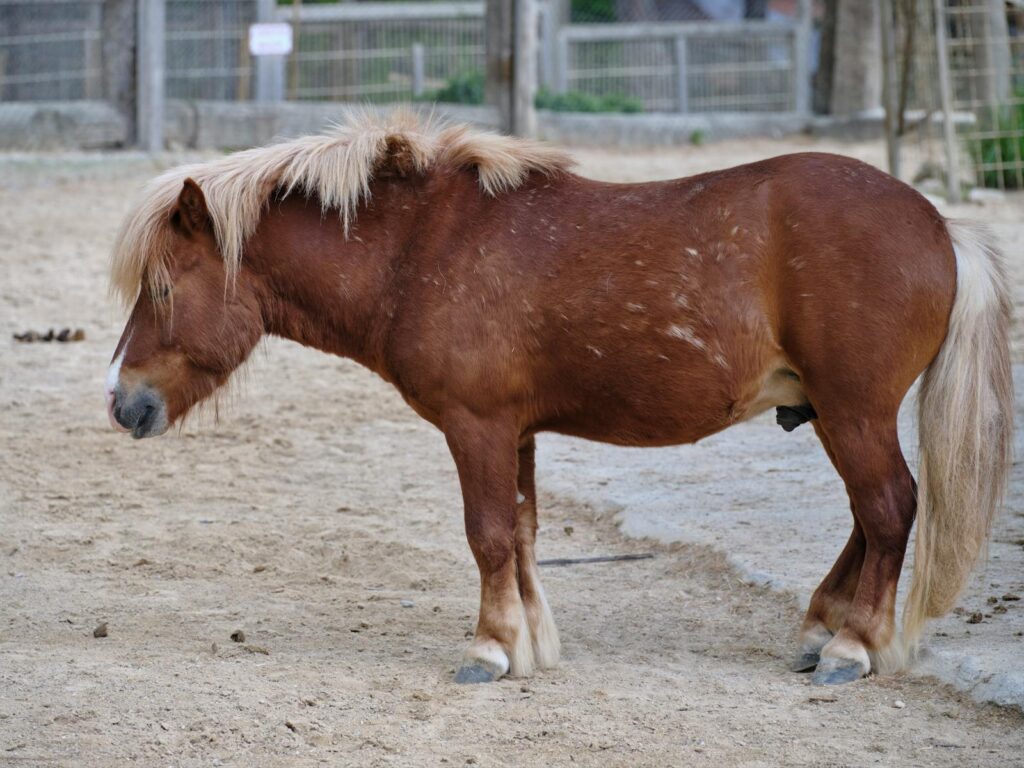
Horses requiring chiropractic attention frequently adopt unusual standing postures as they attempt to find relief from discomfort. You might observe your horse regularly standing with its hind legs camped out behind its body or positioned unusually close together. Some horses will stand with their weight shifted predominantly to one side or consistently rest the same hind leg. Abnormal head and neck carriage, such as a consistently low-held head or neck twisted slightly to one side, can indicate discomfort in the cervical vertebrae. Many horses with sacroiliac or lower back issues will stand with a flattened or “dropped” appearance across the lumbar and croup region rather than the normal slight rounding. These postural changes often develop gradually as compensation mechanisms, making them easy to miss without deliberate observation.
Issues with Transitions and Collection
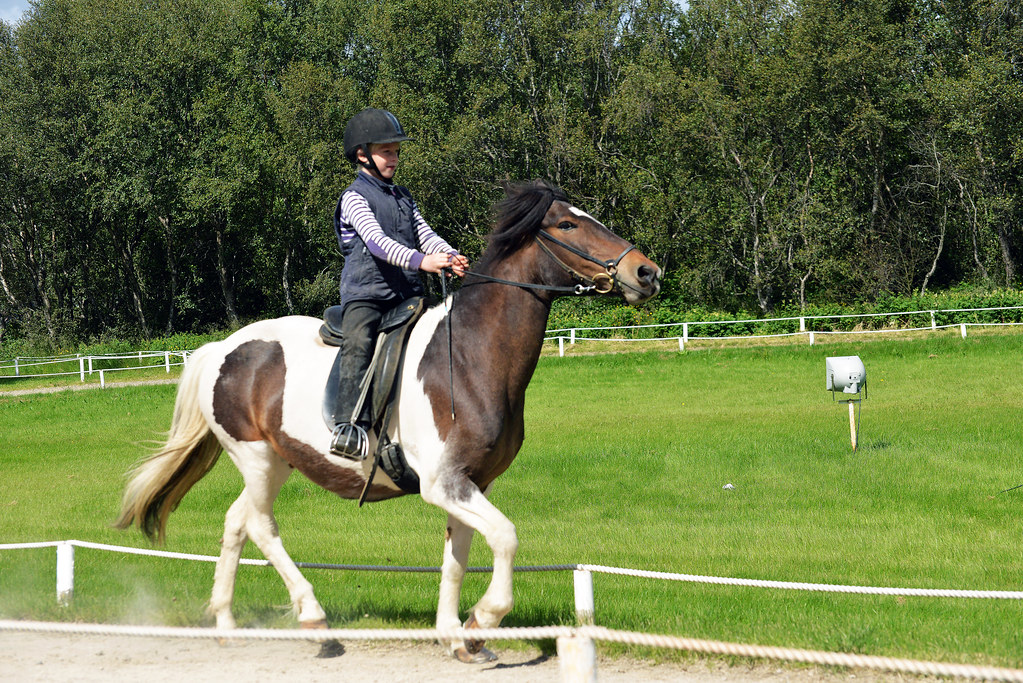
Difficulty performing smooth transitions between gaits can signal spinal misalignments that might benefit from chiropractic care. A horse that previously moved effortlessly between walk, trot, and canter might suddenly become resistant, showing hesitation or requiring more forceful aids. Downward transitions may become particularly problematic, with the horse struggling to engage its hindquarters properly. Collection issues frequently accompany transition problems – the horse might resist coming onto the bit, struggle to maintain an engaged frame, or show difficulty rounding its back properly. These problems often manifest more prominently when the horse is working in one direction versus the other, reflecting the asymmetrical nature of many spinal misalignments. While training issues can cause similar symptoms, a sudden change in a previously well-trained horse often points to physical discomfort rather than behavioral resistance.
Tail Carriage and Hindquarter Function
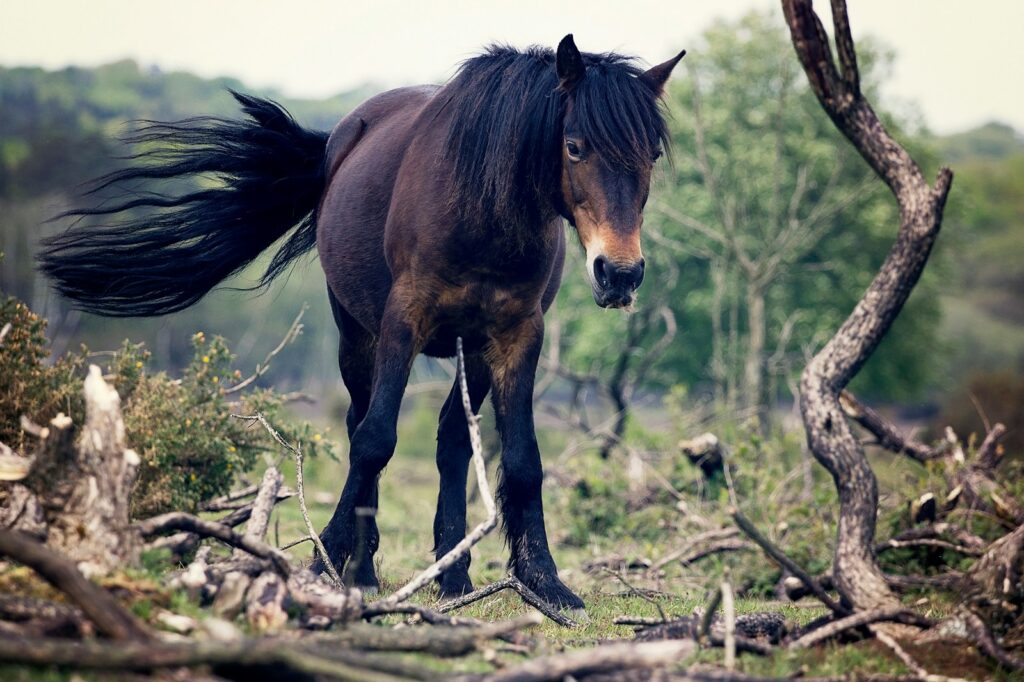
The way a horse carries and uses its tail can provide important clues about potential issues requiring chiropractic attention. A tail that is consistently carried to one side, clamped down tightly, or held in an unusually high or low position may indicate discomfort in the sacroiliac region or lower back. Abnormal tail swishing during work, particularly when no insects are present, often signals pain or discomfort. Beyond tail carriage, pay attention to overall hindquarter function – horses with misalignments may struggle to engage their hindquarters properly, showing decreased impulsion, uneven push from behind, or difficulty with lateral movements requiring hindquarter engagement. Some horses will become increasingly “strung out” in their movement pattern, finding it difficult to bring their hindquarters underneath them effectively during work.
Changes in Jumping Form or Willingness
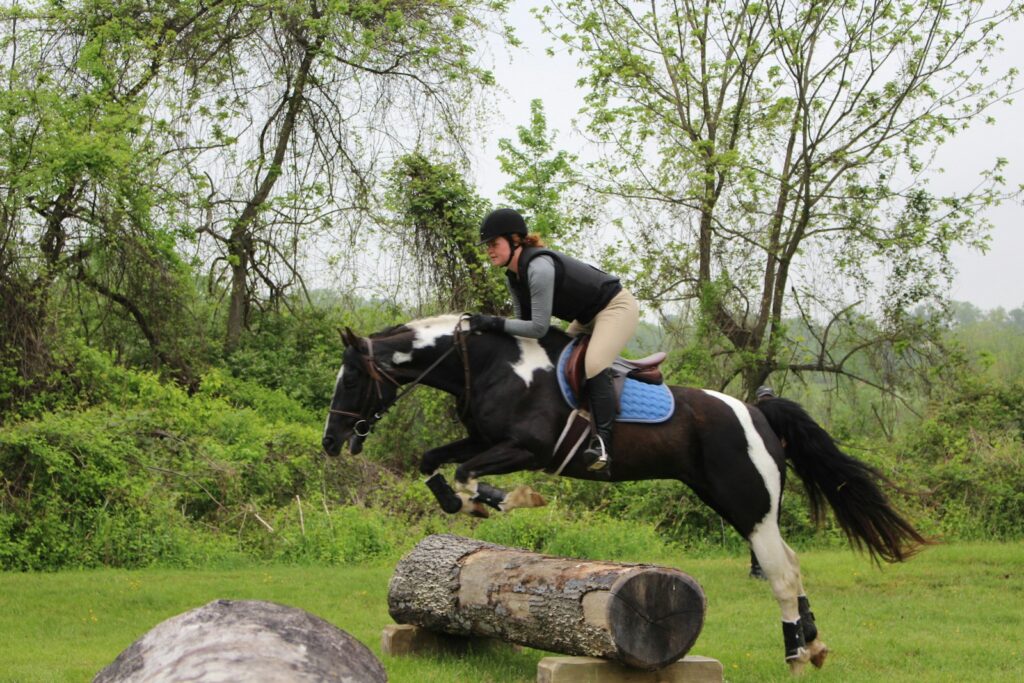
Jumper horses experiencing spinal discomfort often show noticeable changes in their jumping technique or willingness to approach fences. A horse that previously jumped confidently might begin refusing or rushing fences, especially when approaching from a particular direction. You might notice asymmetry in the jumping form, with the horse consistently twisting its body or favoring one side during takeoff or landing. Some horses will change their preferred takeoff distance, either rushing in close to the base of the jump or launching from uncomfortably far away to compensate for discomfort. Hesitation during the approach or a change in the bascule (the arc the horse makes over the fence) can also indicate that the horse is struggling with pain or restricted movement that might respond well to chiropractic adjustment.
Visible Muscle Development Changes
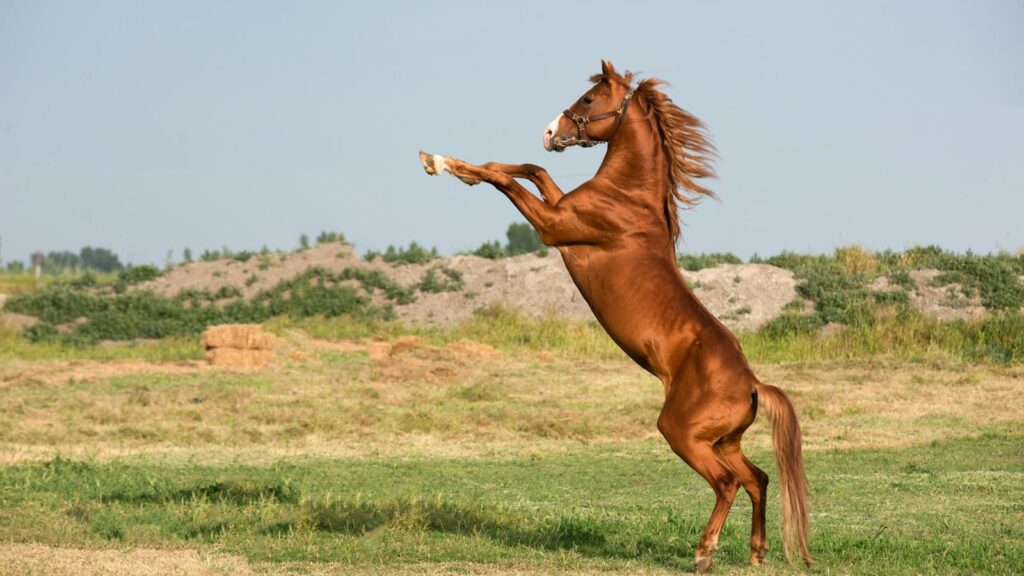
Horses with chronic spinal misalignments often develop visibly uneven muscle patterns as they compensate for discomfort. You might notice asymmetrical muscle development, particularly in the neck, shoulders, or hindquarters, with one side appearing more developed than the other. Some horses develop visible muscle atrophy in specific areas, especially along the topline or in the large muscle groups of the hindquarters. Muscle spasms might be visible or palpable, presenting as hard, tight bands in the large muscle groups. These muscle changes typically develop gradually over weeks or months as the horse adjusts its movement patterns to avoid pain, making regular observation and documentation of your horse’s muscling important for early detection of potential problems requiring chiropractic intervention.
Behavioral Changes During Specific Activities
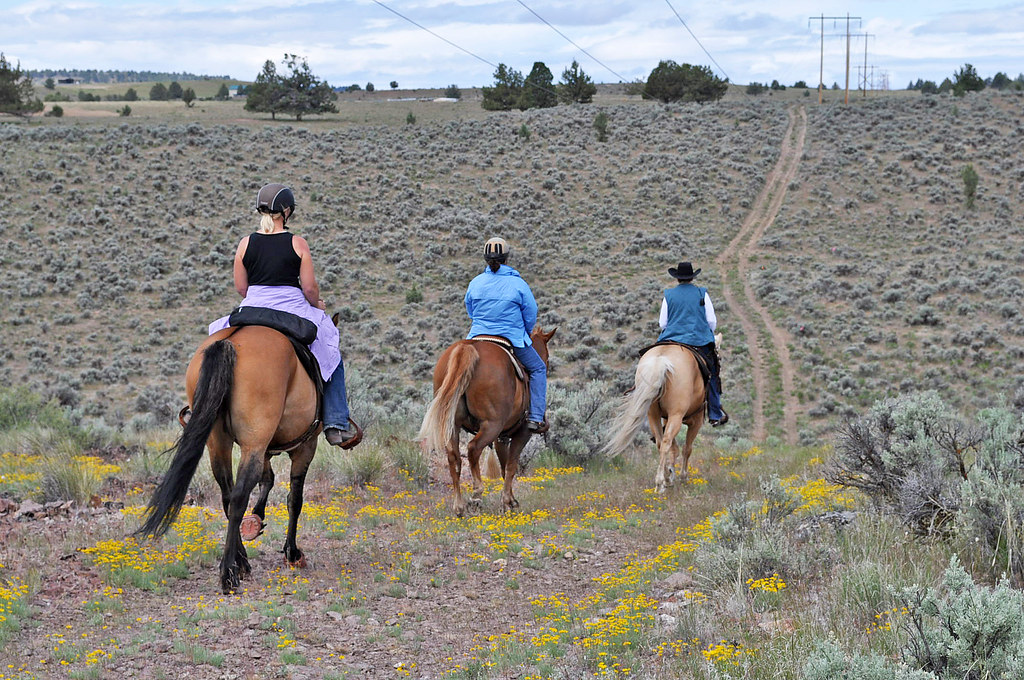
Horses requiring chiropractic care often show activity-specific behavioral changes as they attempt to avoid movements that cause discomfort. A horse that previously enjoyed certain activities might begin showing reluctance or resistance – for example, a trail horse might suddenly resist going downhill, or a dressage horse might become difficult during lateral work. Some horses will develop new barn vices or unusual behaviors, such as excessive wall or fence rubbing, as they attempt to self-adjust uncomfortable areas. Changes in ground manners, such as new resistance to having feet picked up or difficulty standing for the farrier, particularly on one side, can indicate discomfort requiring assessment. Pay particular attention to behaviors that seem out of character for your specific horse, as individual horses often develop unique coping mechanisms for pain that might not be obvious without knowing the horse’s normal behavioral patterns.
Disruptions in Normal Gaits
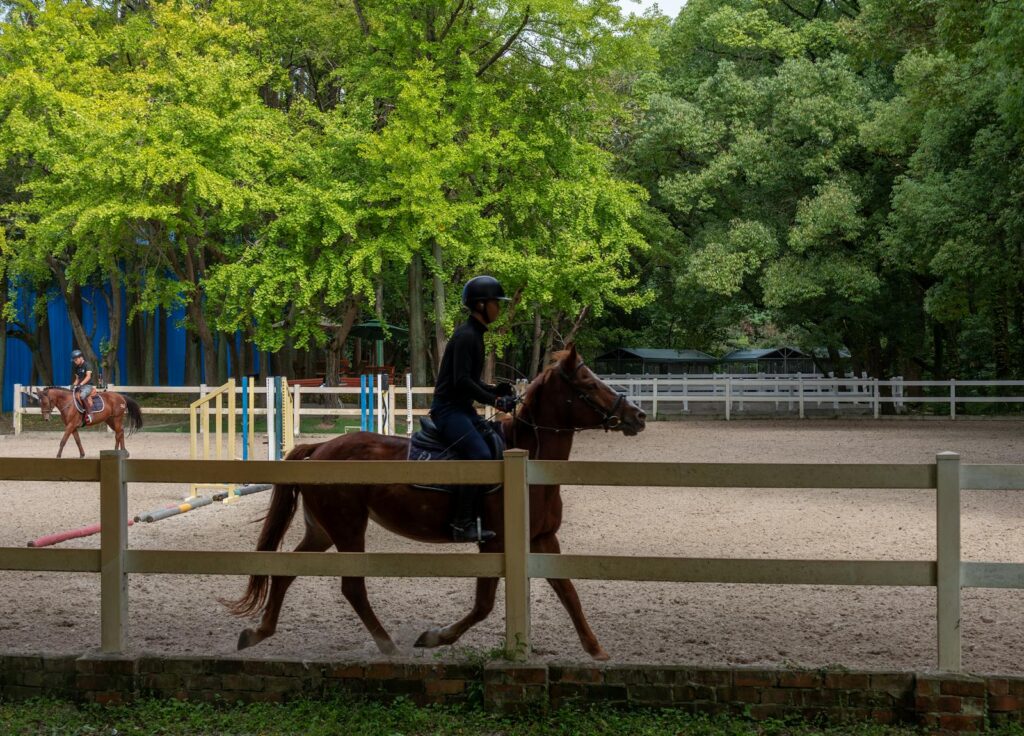
Subtle changes in a horse’s normal movement patterns often provide early indications of issues that might benefit from chiropractic care. You might notice your horse developing a shortened stride in one or more limbs, a subtle head bob, or an irregular rhythm in what was previously a smooth gait. Some horses will show unusual movement patterns such as “crabbing” (moving with the body at an angle to the direction of travel) or “rope-walking” (placing the feet in an unusually straight line). These gait abnormalities might be more pronounced on hard surfaces or when the horse is working on a circle. While true lameness should always be evaluated by a veterinarian, many subtle gait irregularities stem from compensatory movement patterns developed in response to spinal discomfort that can be addressed through appropriate chiropractic care.
When and How to Seek Professional Help
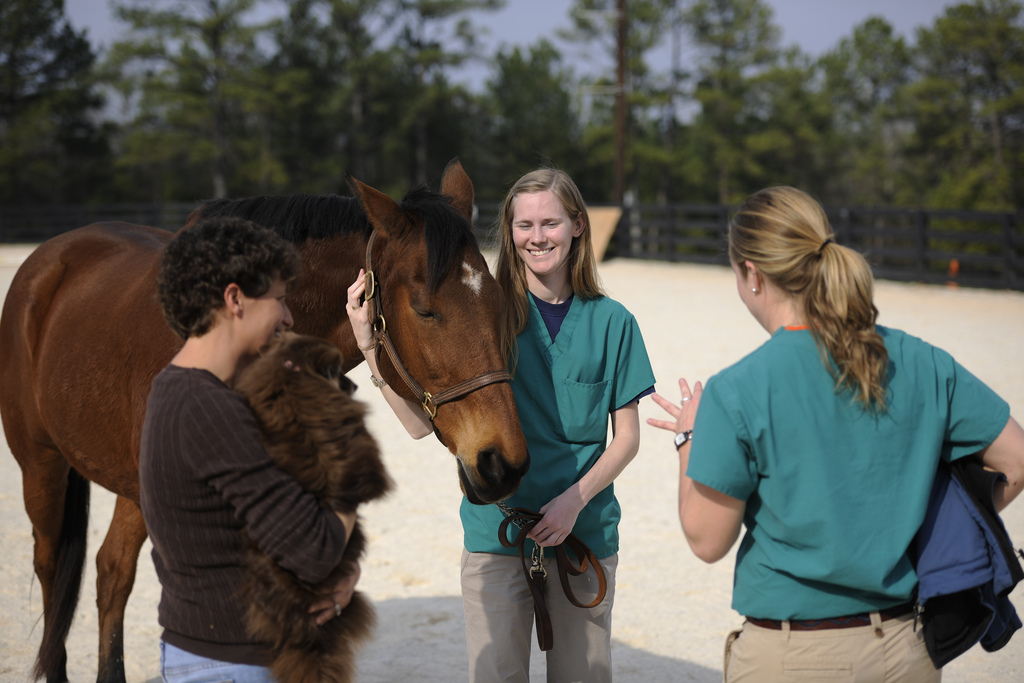
If you observe several of the signs discussed in this article, consulting with a qualified equine chiropractor is advisable, but finding the right professional is critical. Always start with a veterinary assessment to rule out other conditions before pursuing chiropractic care. Look for practitioners who are either veterinarians with specialized training in chiropractic techniques or chiropractors with specific certification in equine adjustment from recognized organizations like the American Veterinary Chiropractic Association. Many areas have legal requirements regarding who can perform animal chiropractic, so understand your local regulations before proceeding. The initial assessment should include a comprehensive evaluation of the horse’s movement, posture, and response to palpation, allowing the practitioner to develop a tailored treatment approach. Remember that chiropractic care works best as part of an integrated wellness program that may include appropriate veterinary care, properly fitted equipment, balanced nutrition, and a suitable exercise regimen.
Maintaining Spinal Health Between Adjustments

Proper management practices play a crucial role in maintaining your horse’s spinal health between chiropractic visits. Ensure your horse receives regular, balanced exercise that strengthens core muscles without causing undue strain on problem areas. Pay meticulous attention to saddle fit, checking regularly as your horse’s muscling changes, particularly after adjustments. Incorporate appropriate stretching exercises recommended by your chiropractor or veterinarian to help maintain flexibility and range of motion. Many horses benefit from complementary therapies such as massage, acupuncture, or targeted physical therapy exercises to address muscle imbalances that might contribute to misalignments. Remember that regular maintenance adjustments are often more effective than waiting until significant problems develop, with most performance horses benefiting from scheduled evaluations every 2-6 months depending on their workload and individual needs.
Conclusion
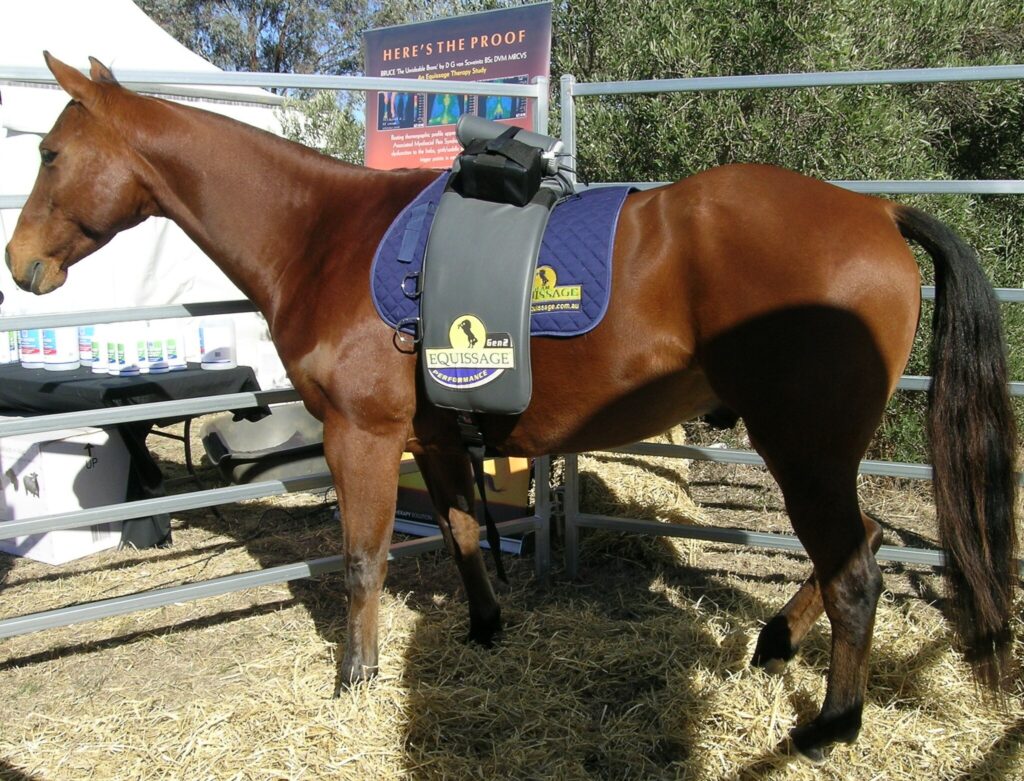
Learning to recognize the subtle signs that your horse might need chiropractic care is an important skill for any equine owner or caretaker. By paying close attention to changes in performance, movement patterns, behavior, and physical appearance, you can identify potential issues early and seek appropriate intervention before they develop into more serious problems. While chiropractic care should never replace proper veterinary treatment, it can be a valuable component of a comprehensive health management program for many horses. Working with qualified professionals and maintaining good management practices between adjustments will help ensure your equine partner enjoys optimal comfort and performance throughout their career.

